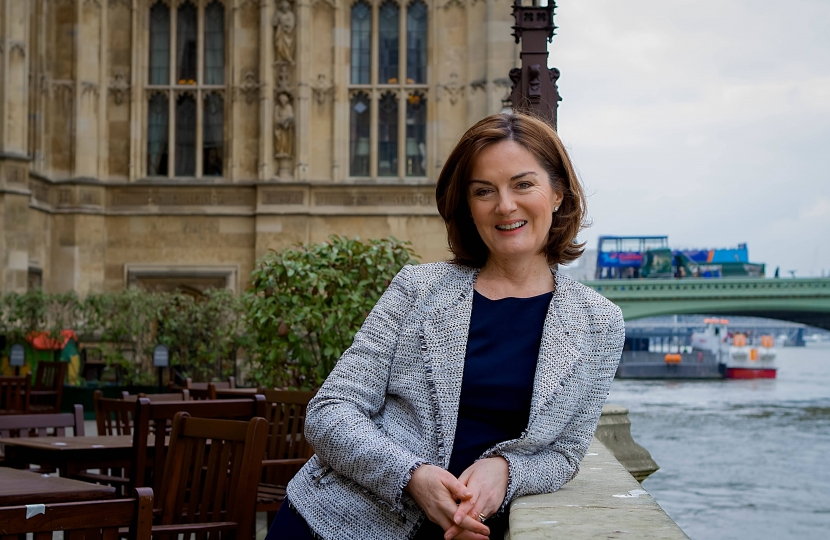
Recent data published in March 2016 by ONS showed a steady decline in rates of teen pregnancy in England and Wales. This data was widely celebrated and rightly so.
Teen pregnancy is a huge barrier to opportunity, creating life-long entrenched disadvantage. The causes and the consequences overlap: deprivation, family break-down, low aspiration, intergenerational worklessness, health inequalities, mental health difficulties, poor educational attainment and school attendance, low rates of post 16 learning are prevalent and so on.
Despite the very welcome fall in rates, England and Wales has the highest rate of teen pregnancy in the developed world after the US. We should guard against complacency. An average is just an average and can mask extremes and regional variations. It is not enough to say: ‘we are going in the right direction.’
Whilst high rates of teen pregnancy are closely correlated with deprivation, teen pregnancy should never be accepted as inevitable in any area. To do so fails those young people most in need.
Back in 1998, Telford had a teen conception rate of 64.2 per 1,000 and it is no doubt good news that it has fallen to 32.6 per 1,000 in 2014. In Telford it is indeed ‘better than it was.’
However, in 1998 the rate of teen pregnancy in Telford was 36 per cent higher than the national average, in 2014 it was 42 per cent higher. Rather than getting better the gap between Telford and the national average is getting worse.
There are individual success stories that T&W council and other local authorities could learn from. I want to highlight just one.
The Wandsworth Model
The rate of teen pregnancy in the London Borough of Wandsworth in 1998 was 71 per 1000. Now Wandsworth is outperforming the national average with a rate of 19 per 1000.
The commitment to reducing teen pregnancy was not just a statement in the Joint Strategic Needs Assessment. Teen pregnancy was treated as the number one indicator of how the Local Authority was performing by all partners. Resources were targeted at those young people (aged 15-17) most likely to become pregnant, such as young people in care and care leavers or those with disrupted family relationships. A quarter of young women leaving care are either pregnant or are already mothers.
The solution in Wandsworth was to focus on building stronger families.
Whilst it has become fashionable to see Sex and Relationship Education (SRE) as an instant panacea, universal SRE cannot address the specific needs of specific at risk groups. The focus must be concentrated on those most in need, in order to improve the life chances of the most disadvantaged young people.
I want to see this government continue to focus on championing stronger families and life chances. Tackling teenage pregnancy in those areas and groups where rates are highest should be the overriding priority in achieving this goal.
